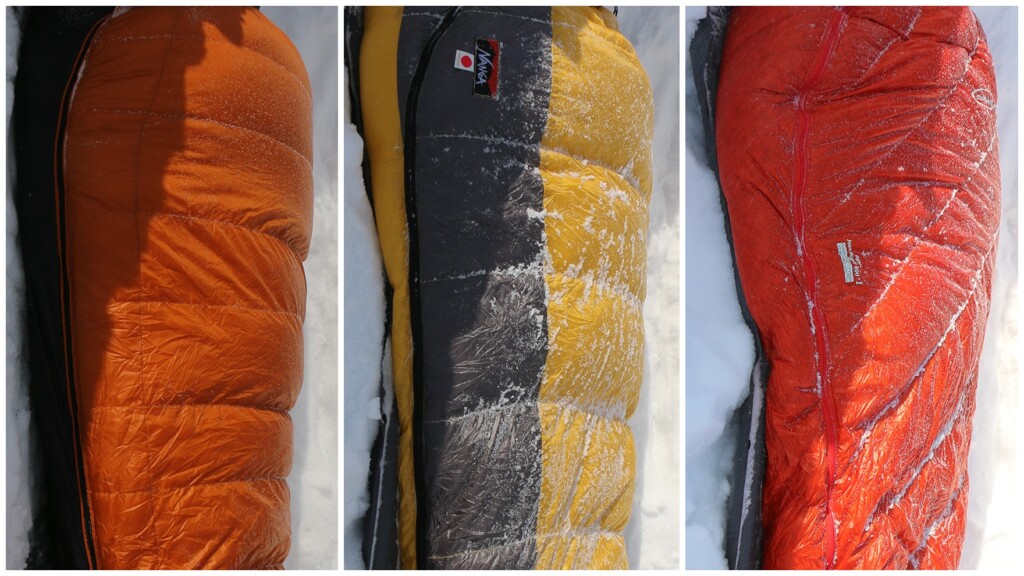
Comparison review: Winter Down Sleeping Bags Who did you get a warm, calm sleep even in the extremely cold winter mountains?
On the previous page, we introduced a ranking of the models we compared, a list of ratings and specs, and recommendations based on them. From here, we will explain what criteria were used to evaluate the evaluation, and why it was evaluated in that way.
table of contents
Detailed reviews of each item
Thermal insulation
The heat generated in the sleeping bag is likely to move from warm to cold and rise. The key to keeping warm air away is how effective heat retention is achieved through the sleeping bag, which does not let this warm air escape and is also an insulating layer from the outside air. For this reason, the quality of the down, the FP, and the structure of the sleeping bag are important factors. More detailed information about this is explained in detail in this article .
For the three models this time ISUKA and Montbell 800FP goose down, Nanga uses 770FP duck down. What we found out from this comparison is the difference in the amount of down between ISUKA and Montbell the difference in down quality and other differences in heat retention between Montbell and Nanga
We also went inside the sleeping bag for about an hour when the wind is strong outdoors (maximum instantaneous wind speed is 13.0m/s) to verify its windproofness and heat retention. It would normally be inside the tent so it would not be directly exposed to wind, but I did it as a field test.
As a result, ISUKA has excellent windproof and heat retention on the body, but the shallow hood means there was a lot of cold air coming from the head. In comparison, the Montbell 's deep hood protects the head, keeping the body warm and windproof, making it easy to withstand for an hour without any problems. Meanwhile, Nanga felt a cold air throughout his body and after an hour he also got cold, causing him to become far from comfortable.
weight
In order to ensure heat retention, it is absolutely necessary to increase the amount of padding, and the heat retention performance and weight are proportional. Mountaineering equipment is best to have a compact and lightweight design, but this balance is difficult for winter sleeping bags, which require heat retention. Regarding the three models this time, I think all of them are significantly lighter for their heat retention. Among these, the Montbell Alpine Down Hager 800#1 is actually measured at 924g, which is less than 1000g in this class.
Comfort
Of course, it's warm inside the sleeping bag, but you'll want to sleep comfortably. Looking at the materials for the interior walls of the sleeping bag, ISUKA and Nanga fabrics were very soft and comfortable to the touch. The Montbell dough has a crisp and slightly stiff look, and the loudest sound that occurs when you turn over in bed was also the loudest. I don't think it's at a level where I can't sleep, but I was curious about it. However, the stretchability is amazing, and even the author, who has a bad sleeping position, was able to sleep well.
The fit was great by ISUKA While the other two models tighten the neck with a drawcord, the ISUKA 's U-shaped shoulder warmer fits perfectly, making the neck warmer warmer warmer. Additionally, its unique 3D structure aligns with the body, making the whole body fit firmly to the sleeping bag, and it felt like there was the least wasted space that caused the loss of heat retention. the other hand the Montbell seems to be slightly less comfortable compared to the other two.
Portability (storage)
Nanga is the most compact in terms of storage size . Next is Montbell . On the other hand, ISUKA was the biggest . While it has excellent heat retention, there are some areas where we have to compromise on weight and size.
On the other hand, storing down sleeping bags is surprisingly difficult, and some items can require a considerable amount of effort. In order to reduce this burden, each manufacturer has also put in great effort into the included staff bags. In that respect, Montbell staff bag was extremely excellent. The same spiral stretch system as the sleeping bag is used, so if you push the sleeping bag inside, the fabric will stretch, reducing the strain when storing it. The wide entrance is also a great feature. It also changes the shape when packing, and when rolled up, the shape becomes long and thin when rolled up. This is so grateful that it fits perfectly into the dead space inside the backpack. Also, the staff bag has two drawcords attached, making it very easy to compress. After all, a model with two drawcords is very convenient.
Functionality
First, about the zipper. To be honest, each manufacturer has made efforts to prevent biting, but there is no zipper that won't bite at all. For all models, if you close the zipper from the inside, there is a higher chance of it getting bitten. Of these, ISUKA was the least biting, and the movement when opening and closing was very smooth. In addition, Nanga 's zippers are made of phosphorescent resin, making them extremely visible in the dark. This was a very helpful feature.
Next is the water repellency of the surface. We conducted two tests to verify the water repellency.
One thing is to apply water from the shower to the sleeping bag, and after 3, 5, and 10 minutes, we evaluated the water repellency of the outer material and the intrusion of water through the zipper. Another thing is to completely submerge the sleeping bag into the bathtub and evaluate whether it is actually useful when the down is submerged in water.

Put the shower on for a certain amount of time to check whether the water is not likely to get flooded inside.
As a result, when I continued to put the shower on and compared three minutes later, the Nanga was generally wet, while the other two models did not allow water to enter the down until five minutes later. I think this water repellent is extremely excellent. In particular , water infiltrated into the down after 10 minutes, but most of it was from the zipper and the outer material continued to have water repellent properties. We can be extremely trusted with the water-repellent performance of Polcatex, which boasts "the world's highest level of water-repellent properties." All three models were unable to prevent water from entering through the zipper. This may be a future challenge.
Next, we found out that the sleeping bag was submerged in the water stored in the bathtub. Nanga was by far the most water-repellent down performance. Even when I submerged my sleeping bag in the water it quickly rose up, and it was hard to sink the whole thing. Although I repeated it several times, the results were the same and I didn't get too shriek until I was down. After about three minutes, the entire sleeping bag of the other two models submerged under the water, completely slurping.
If it's a little water repelling, it seems that it will work well with water-repellent fabrics from Montbell and ISUKA, but if there is a chronic moisture or moisture situation, the UDD BAG 630DX class of super water-repellent down is sure to be safe.
summary
There were various evaluation items, but what we need for winter sleeping bags is probably mainly heat retention and light weight. Through this investigation, if I were to use it in a 2000m-grade winter mountain, I would like to sleep comfortably, but if I'm looking for lightness and portability, I the ISUKA AIR 630EX . I think I can manage the cold, but if I'm looking for lightness and portability, the Montbell Alpine Down Hager 800#1 . It would be good to say that people who value cost performance.
On the other hand the Nanga UDD BAG 630DX , tests suggest that in terms of heat retention, the equivalent of the two models compared this time, the UDD BAG 810DX, which is one higher class (or the AURORA light 600). Depending on your individual sense, the temperature range is somewhat strict based on the above, and is recommended as a model to use for long mountain trips over several nights.
Finally, through this test, I realized once again that, of course, heat retention is the most important thing when choosing a sleeping bag. A non-warm sleeping bag is useless with any other features. It's best to set a temperature range that meets your goals, and then choose things and priorities that can be compromised, such as lightness, compactness, comfort, other detailed functions, and parts. It's not a cheap purchase, so you should choose carefully. We hope this test will be helpful when choosing your sleeping bag.
We also recommend this article about sleeping bags.
- Warm your body from the core with the perfect sleeping bag (sleeping bag) - How to choose and 8 recommended items -
- How to choose a winter sleeping bag (sleeping bag) to make your winter tent comfortable and 8 recommended ones
- Comparison Review: Ultra-lightweight 3-season sleeping bag - A spectacular battle with a range of great items that are extremely light and warm -
- What to throw away and what to take? How to choose the best sleeping pad (mat) and 3 recommended pieces
TAC
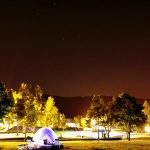 Lives in Hokkaido. When it's a holiday, I can't stay still at home, so I do some kind of activity. I immerse myself in mountain climbing, fishing, camping in the summer, snowboarding and smelt fishing in the winter. I'm also a fan of this site and am looking forward to sharing the appeal of gear. We would like to review this from the perspective of not only mountain climbing, but also from a variety of activities.
Lives in Hokkaido. When it's a holiday, I can't stay still at home, so I do some kind of activity. I immerse myself in mountain climbing, fishing, camping in the summer, snowboarding and smelt fishing in the winter. I'm also a fan of this site and am looking forward to sharing the appeal of gear. We would like to review this from the perspective of not only mountain climbing, but also from a variety of activities.
Looking for reviewers
Outdoor Gearzine is always looking for members who love the outdoors and would like to write reviews about outdoor equipment. For more information, please this REVIEWERS page !


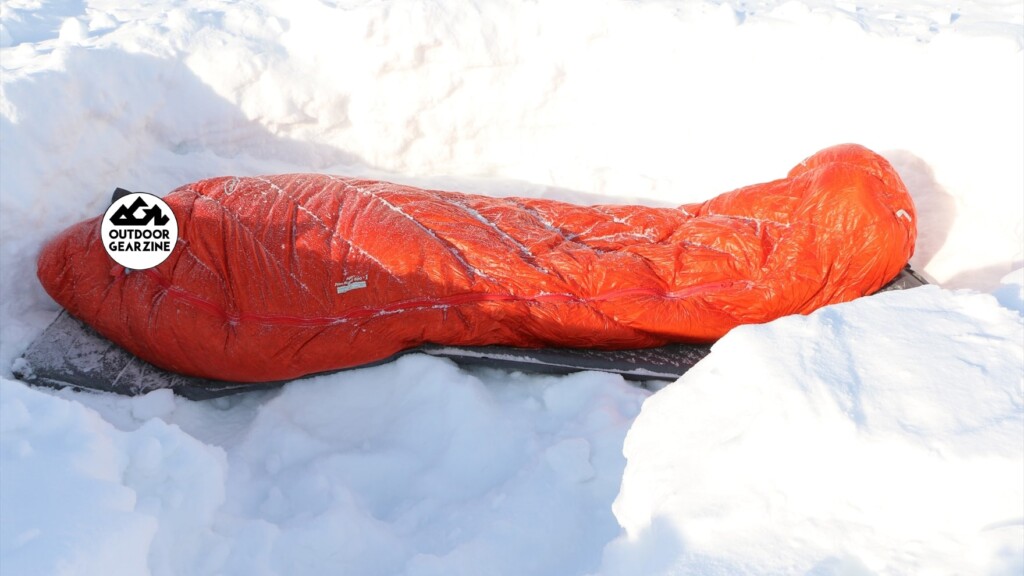
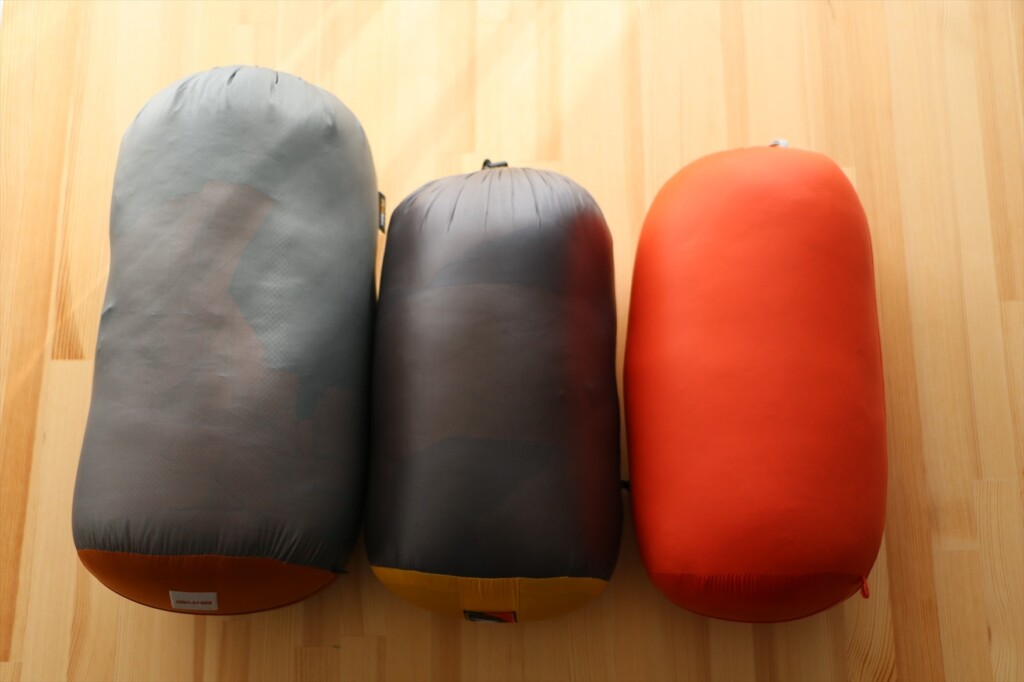
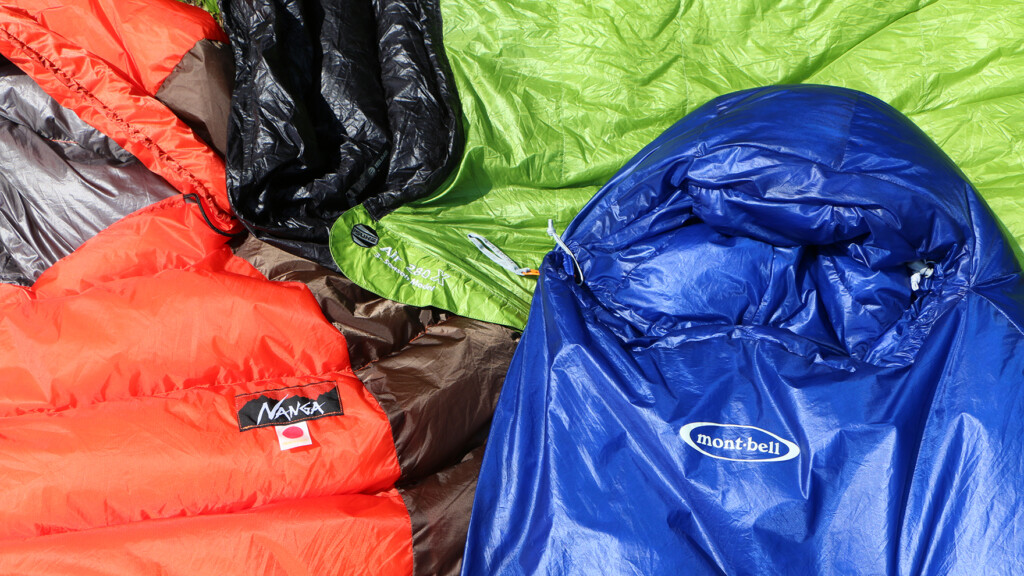 Comparison Review: Summer Sleeping Bags What is the abilities of Montbell's latest high-tech sleeping bags? Comparing it with popular domestic models
Comparison Review: Summer Sleeping Bags What is the abilities of Montbell's latest high-tech sleeping bags? Comparing it with popular domestic models Comparison Review: Ultra-lightweight 3-season sleeping bag - A spectacular battle with a range of great items that are extremely light and warm -
Comparison Review: Ultra-lightweight 3-season sleeping bag - A spectacular battle with a range of great items that are extremely light and warm -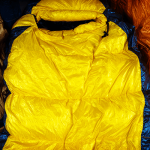 How to choose a winter sleeping bag (sleeping bag) to make your winter tent comfortable and 8 recommended ones
How to choose a winter sleeping bag (sleeping bag) to make your winter tent comfortable and 8 recommended ones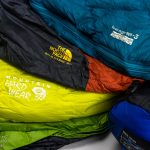 Warm your body from the core with the perfect sleeping bag (sleeping bag) - How to choose and 8 recommended items -
Warm your body from the core with the perfect sleeping bag (sleeping bag) - How to choose and 8 recommended items -